Titanium aluminum magnesium explosion welded clad plate
At present, the connection technologies used for magnesium base like composite plates include diffusion welding, hot rolling, cumulative rolling, explosive welding, friction stir welding, etc. it is found that when high temperature or fusion welding is used, magnesium aluminum intermetallic compounds will inevitably appear at the bonding interface of magnesium / aluminum alloy connection. Explosive welding technology uses the detonation wave generated by explosion to cause high-speed collision on the contact surface of metal materials to be welded, Its detonation wave can well clean the surface of the sample to be welded, and thus avoid the production of intermetallic compounds
aluminum takes aluminum alloy plate as the transition layer material, magnesium alloy plate as the substrate, and titanium plate as the clad plate to carry out explosive welding of three-layer plates in one-time composite forming, and prepares titanium aluminum magnesium explosion welded plate. The waveform joint interface of its joint interface is analyzed by scanning electron microscope (SEM) and energy spectrum (EDS), and the tensile shear and bending properties of the composite plate are tested and analyzed
The selected substrate material is AZ31B magnesium alloy plate, the intermediate transition layer is 6061 aluminum alloy plate and TA2 titanium plate, and the plate size is 600mm respectively × 300mm × 15mm,650mm × 350mm × 1mm and 650mm × 350mm × 3mm. Before explosive welding, grind the contact surface of magnesium alloy plate, aluminum alloy plate and titanium plate to be welded and clean it with absolute ethanol; When welding, the test plates are placed in parallel and formed by one-time explosive welding. The preset gap between the base magnesium alloy plate and the transition layer aluminum alloy plate is 3mm, and the preset gap between the transition layer aluminum alloy plate and the clad titanium plate is 1mm
After welding, ultrasonic testing was carried out on titanium aluminum magnesium clad plate., and SEM was used to analyze the morphology of the joint area determined to be good by testing; The tensile shear test and three-point bending test were carried out on the universal testing machine, and the loading rate was 0.1mm/min
(1) Titanium aluminum magnesium explosive welded clad plate was successfully prepared by explosive welding. Both titanium / aluminum bonding interface and aluminum / magnesium bonding interface are wavy bonding interfaces. Among them, the waveform of titanium / aluminum bonding interface is small-size wavy interface, and the waveform of aluminum / magnesium bonding interface is large-size wavy interface. This is mainly due to the different sizes of gap columns
(2) According to the microstructure of the composite plate interface, adiabatic shear band structure appeared on one side of the magnesium alloy, and local melting zone appeared at the aluminum / magnesium alloy interface; The local melting zone is composed of intermetallics composed of aluminum and magnesium elements
(3) According to the bending test of the composite plate, the strength and plasticity of the titanium plate under tension are better than that of the magnesium alloy plate under tension. The bending fracture position of the composite plate is the expansion of the aluminum / magnesium joint interface, and finally the shear fracture failure from the magnesium alloy plate side
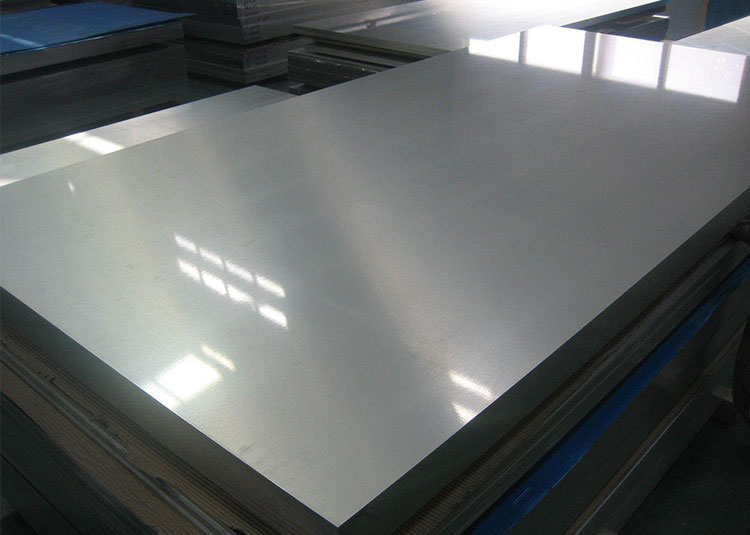
Aluminium Sheets
View Details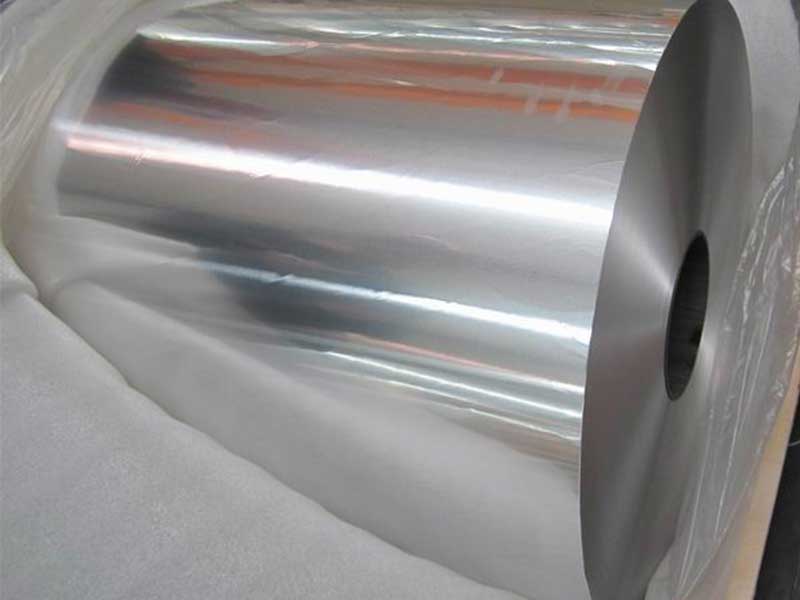
Aluminium Coils
View Details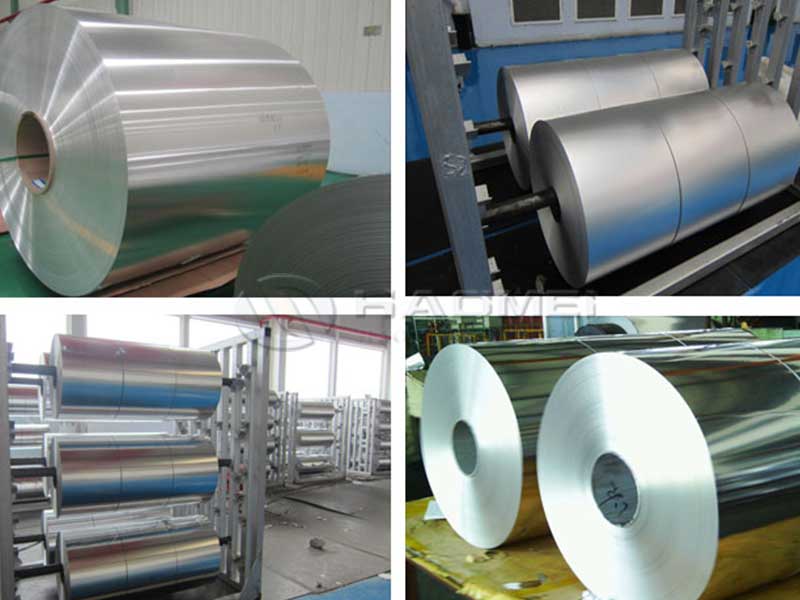
Aluminium Foils
View Details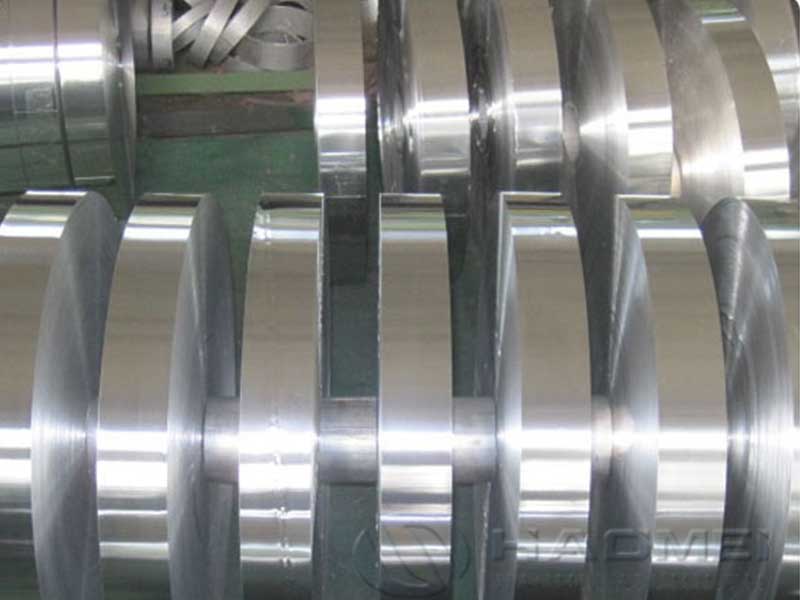
Aluminium Strips
View Details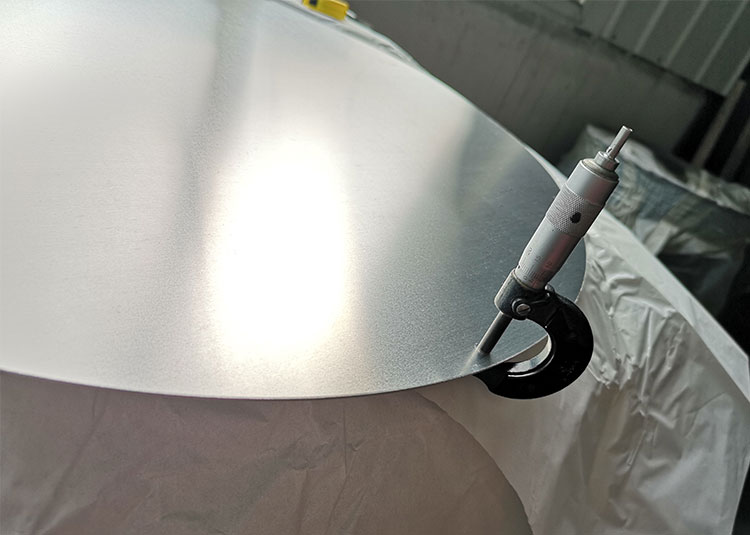
Aluminium Circles
View Details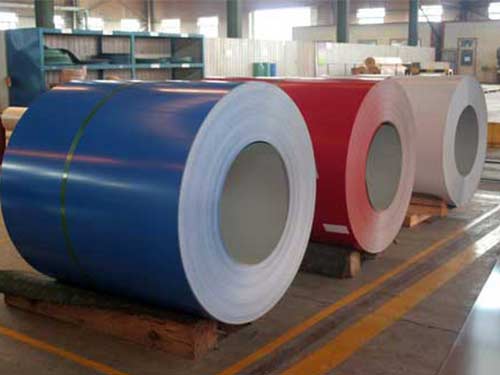
Coated Aluminium
View Details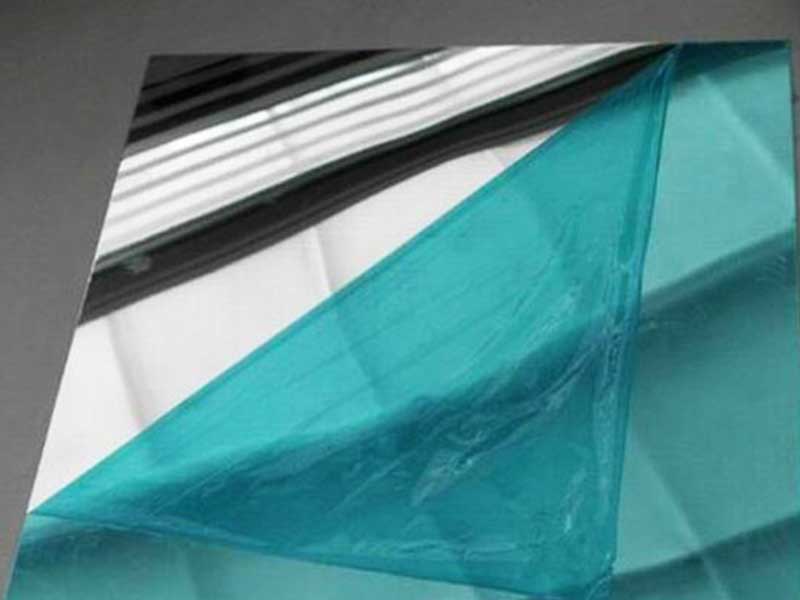
Mirror Aluminum
View Details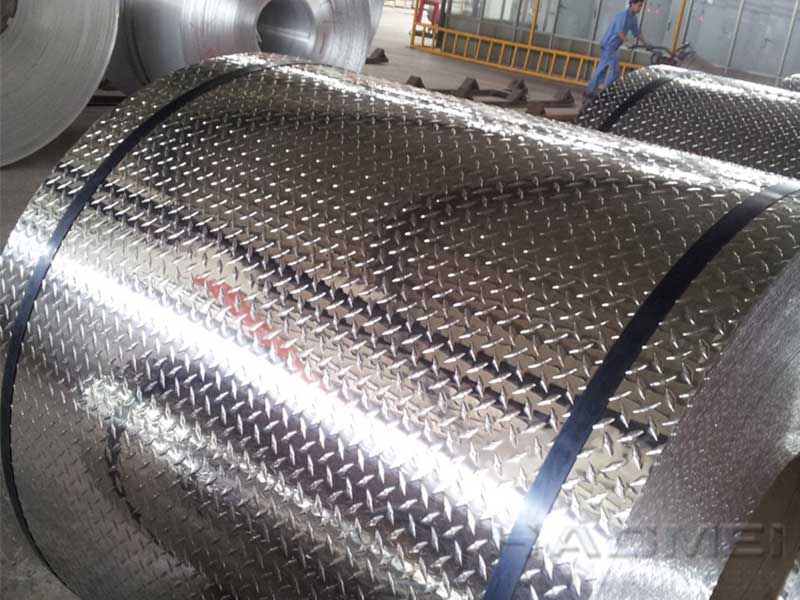
Stucco Embossed Aluminum
View DetailsAluminum
- 5052 rivet wire annealing scre...
- 1235 O CC aluminium foil
- Aluminum frame wood plastic fo...
- aluminum circles supplier
- 5005 Aluminum plate
- 5754 Five-bar Tread Plate
- 7475 T7351 aluminum plate bloc...
- High strength and High conduct...
- 2324 T4511 aluminum bar
- PVDF Coated Aluminum Composite...
- 2024 T6 Aluminum flat bar
- 7005 large diameter aluminum a...
- What is the hard oxidation of...
- Problems in the Use of High A...
- aluminium 6061 block price
- Anodized aluminum honeycomb pa...
- 2195 aluminium lithium alloy
- Aluminum Disc with hole
- Ultrafine Round Aluminum Wire
- How to maintain the appearance...